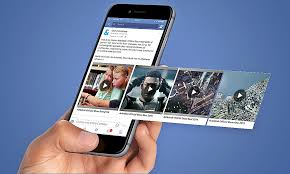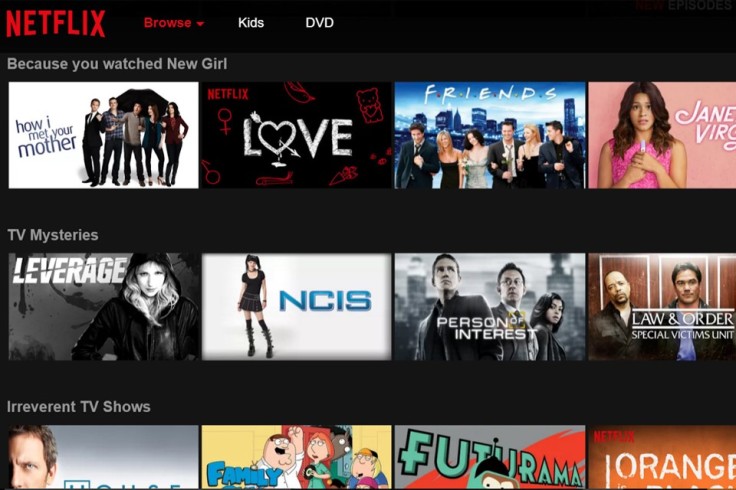When advertises are creating creating digital marketing campaigns they must focus on the content they are producing. To keep consumers engaged marketers must produce content that is interesting and relevant. Content marketing comes in a number of forms with some of the best examples of content marketing being provided in an article I was reading earlier today.

An example of content marketing suggested in the article is web pages. Although a web page does not seem very exciting they can be an important aspect of a digital marketing plan. A good company website can be the difference between attracting new customers or scaring them away. Apple is a great example of a company web page that proves a what a powerful tool content can be. What is great about this page is it is incredibly easy to navigate with easy access and information for all Apple products on the landing page. The ability to easily navigate the content of the site cannot be understated and with a quality site such as Apple’s it is easier to satisfy consumer needs

The other form of content marketing that I want to talk about is video. Video is increasingly popular with consumers and marketers are reacting to this. I have previously spoken of the rise in video consumption, in particular on Facebook. In this post I spoke about the difficulties of this increase in video favoured content but the best way to overcome this issue is to ensure quality content is provided. If an organisation releases videos that provide value and engaging content to their consumers they will be successful.
However, these are only two examples of content marketing. The article also suggested infographics, podcasts and books. Do you think these three are better examples of content marketing or would marketers be better to utilise web pages and video content?
Leave a comment below and share your thoughts
























